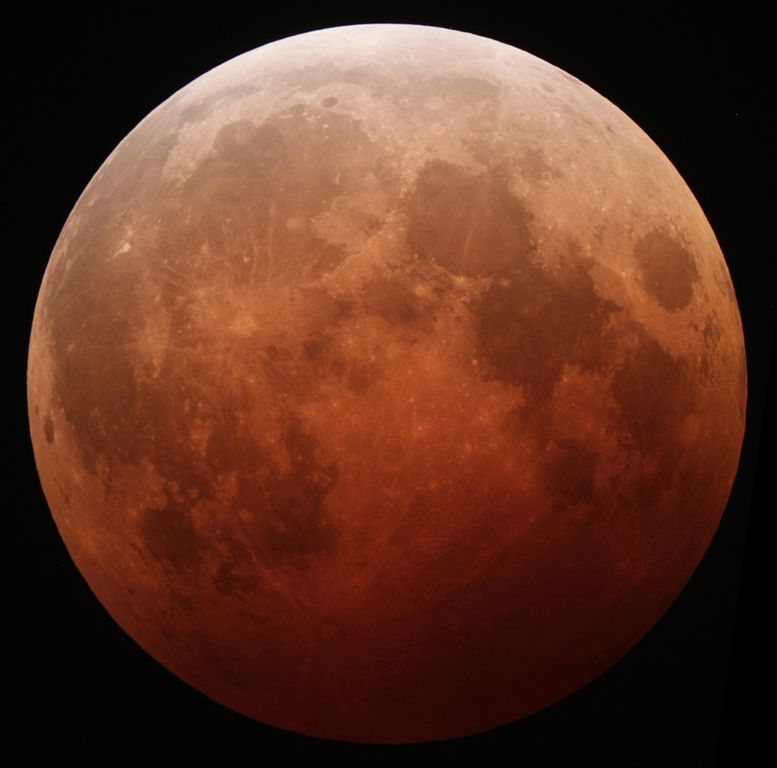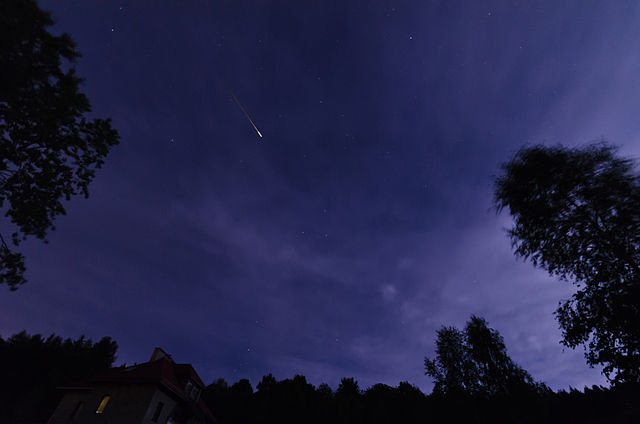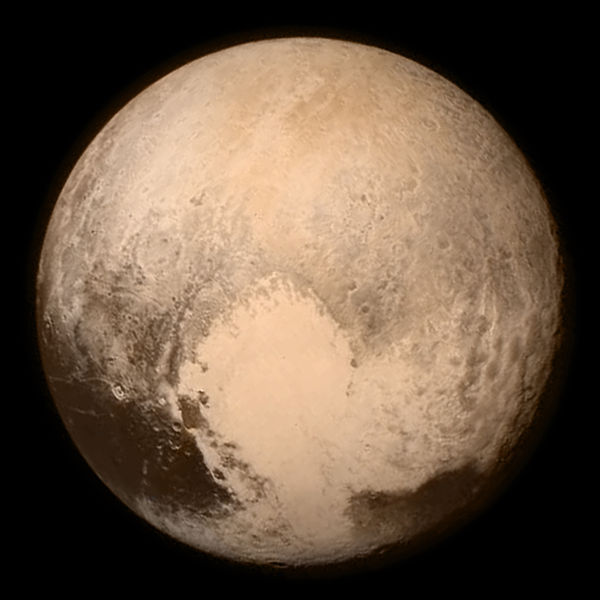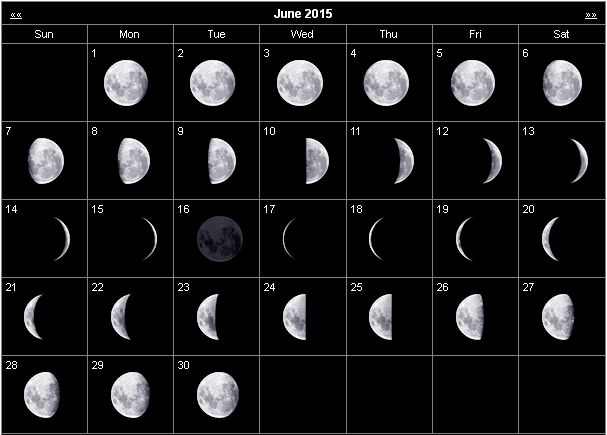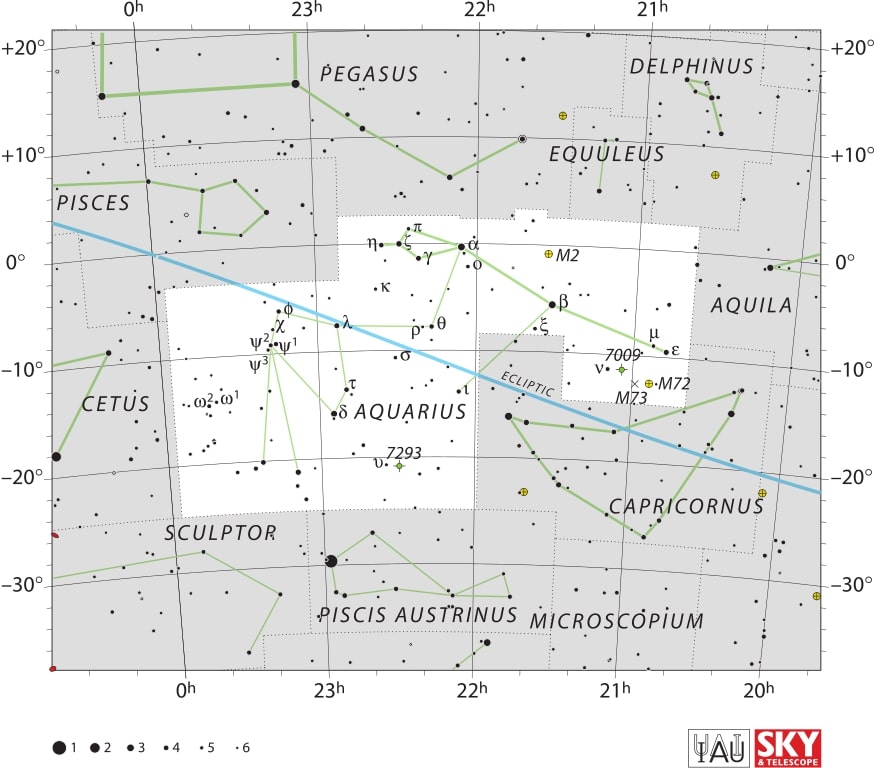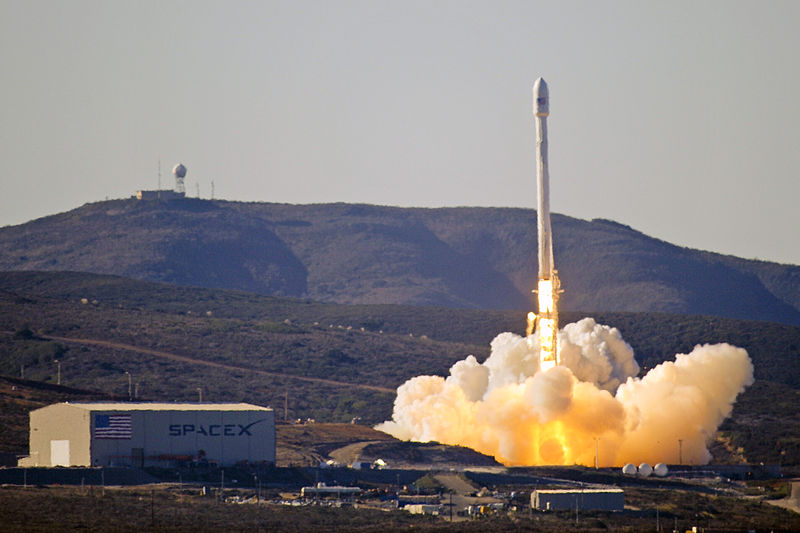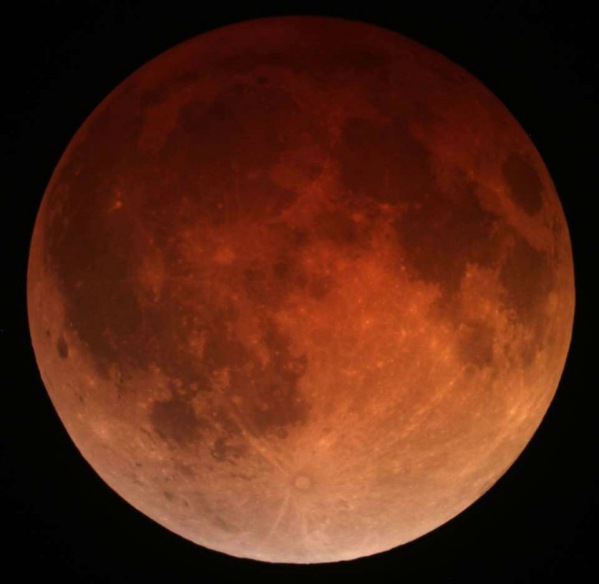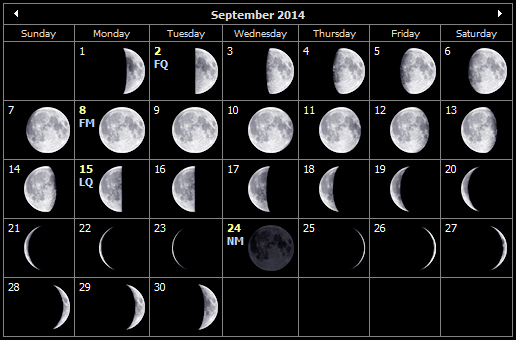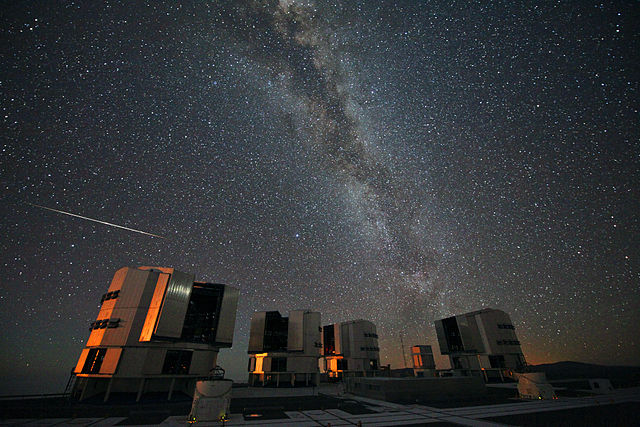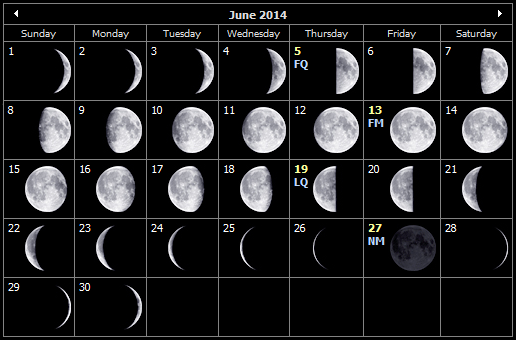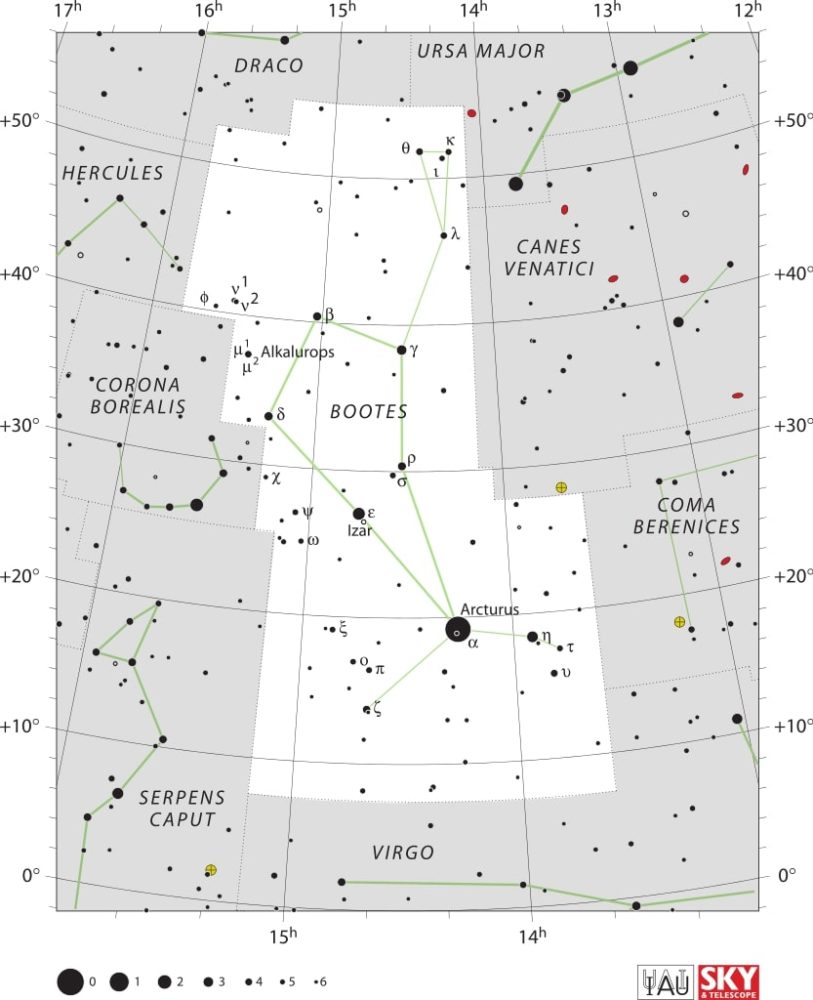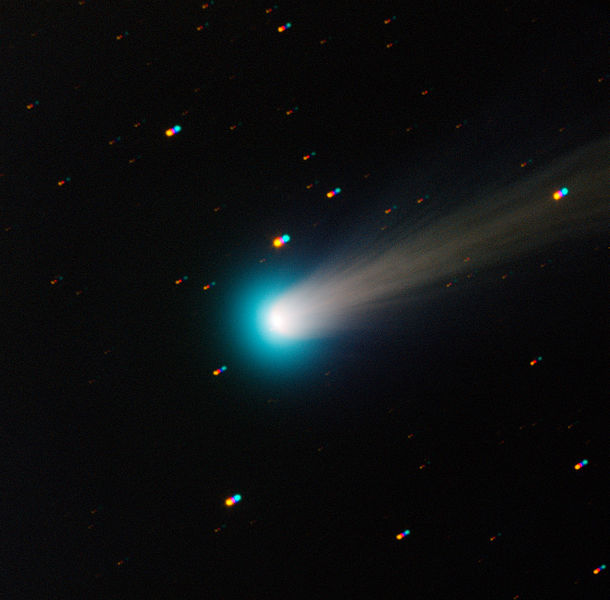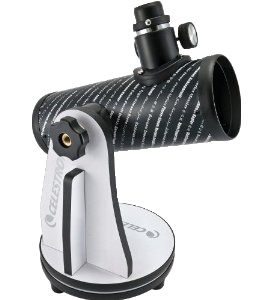Monthly Stargazing Calendar for September 2015
On September 13 there will be a partial solar eclipse. This type of eclipse occurs when the Moon covers only a part of the Sun, sometimes resembling a bite taken out of a cookie. For safety reasons, an eclipse should only be observed with a special solar filter or by looking at the Sun's reflection.
Monthly Stargazing Calendar for August 2015
This month on the night of August 12 and 13 we will witness the Perseids meteor shower, which is one of the best meteor showers to observe, producing up to 60 meteors per hour at its peak. Some meteors can also be seen from July 17 to August 24. It originates from debris produced by comet Swift-Tuttle, which was discovered in 1862.
Monthly Stargazing Calendar for July 2015
On July 14 NASA's New Horizons spacecraft is scheduled to arrive at Pluto after a nine and a half year journey. It was launched on January 19, 2006 and will be the first spacecraft to visit Pluto. New Horizons will give us our first close-up views of the dwarf planet and its moons.
Monthly Stargazing Calendar for June 2015
On June 6 the planet Venus will be at greatest eastern elongation. Venus will reach greatest eastern elongation of 45.4 degrees from the Sun. This is the best time to view Venus because it will be at its highest point above the horizon in the evening sky. Look for the bright planet in the western sky after sunset.
Monthly Stargazing Calendar for May 2015
Early this month, on the night of May 5th and 6th we will witness the peak of the Eta Aquarids meteor shower. It is an above average shower, capable of producing up to 60 meteors per hour at its peak. However most of the meteors can be seen in the Southern Hemisphere. For the rest of us in the Northern Hemisphere, the rate can reach about 30 meteors per hour.
Go Away, Gravity! – The Ventures of Elon Musk’s SpaceX and Richard Branson’s Virgin Galactic
Elon Musk has a net worth of $11.9 billion while Richard Branson has a net worth of $4.8 billion. If they stacked their respective fortunes in $1 bills atop each other, the tower would reach six million miles, almost 25 times the distance between the earth and the moon. And that is, in a metaphorical way, exactly what the two plan to do.
Monthly Stargazing Calendar for October 2014
On October 8 we will witness a total lunar eclipse. Such an eclipse occurs when the Moon passes completely through the Earth's dark shadow, or umbra. The Moon will gradually get darker and then take on a rusty or blood red color. The eclipse will be visible throughout most of North America, South America, eastern Asia, and Australia.
Monthly Stargazing Calendar for September 2014
This month will be rather uneventful when it comes to astronomical events except for the September equinox on the 23rd at 02:29 UTC. The Sun will shine directly on the equator and there will be nearly equal amounts of day and night throughout the world.
Monthly Stargazing Calendar for August 2014
Tonight on August 12 and on the morning of August 13 the Perseids meteor shower will peak. It is one of the best meteor showers to observe, producing up to 60 meteors per hour at its peak. Some meteors can also be seen from from July 17 to August 24.
Monthly Stargazing Calendar for July 2014
This month will be a rather quiet one, when it comes to astronomical events. However by the end of the month, on the night of July 28 and 29, the Delta Aquarids meteor shower will peak. It is an average shower that can produce up to 20 meteors per hour at its peak.
Monthly Stargazing Calendar for June 2014
After a few months break, we are back with our monthly stargazing calendar series. On June 7 there will be a conjunction of the Moon and Mars. The two celestial bodies will get as close as two degrees of each other in the evening sky. The gibbous moon will be at magnitude -12.2 while Mars will be at magnitude -0.8.
Monthly Stargazing Calendar for January 2014
On January 5 the planet Jupiter was at Opposition. This means that the giant planet was at its closest approach to Earth and its face was fully illuminated by the Sun. The weeks preceding and following this event are the best time to view and photograph Jupiter and its moons.
Monthly Stargazing Calendar for December 2013
Last month on Thanksgiving day comet ISON made a close approach to the Sun and unfortunately disintegrated in the process. It is possible that small pieces of the comet survived this encounter and if so, they will pass near the Earth by the end of this month.
Telescopes for Children
All parents around the world are often struggling with choosing the best present for their children, one that will be in some way useful in their development, but one that children will still enjoy. We all know that children’s interests change more often than fashion trends. I myself, when I was little, had a period when I was collecting stamps, coins, and letter paper, was a part of scouts, and a dancing crew and all of that within one year only. Therefore, we realise that trying to interest them in an expensive hobby may not be the best idea as we are running into the risk of first enthusiasm followed…

